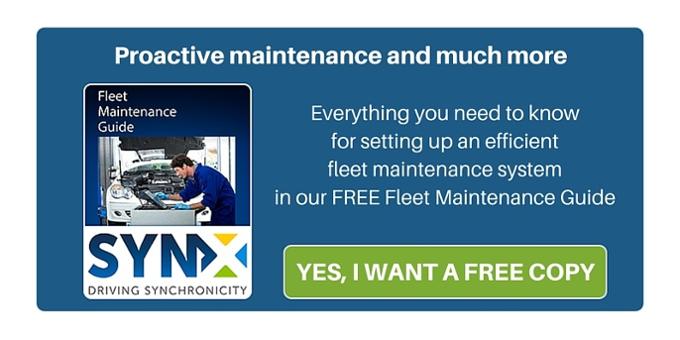
In our recent Linkedin discussions on the different approaches towards fleet maintenance we received a lot of feedback and comments on how it is preferable to stick to a preventative maintenance approach rather than a reactive maintenance regime; which might indeed require more ongoing efforts, but can really make a difference in reducing global fleet costs in the long run.
Whilst on that particular subject, somebody also suggested that the ideal approach is the proactive method. So what is the difference between reactive, preventive and proactive fleet maintenance?
Reactive maintenance—This is also known as “breakdown” maintenance, based on a “run-to-failure-strategy”. Costs might seem lower than that of performing regular routine maintenance, but in the long run it is much more expensive when taking into account the cost of the repairs involved, plus the costs in downtime: labour has to stop, someone may have to do overtime to make up for the loss in productivity, backup equipment might be necessary and so on. A reactive maintenance program, therefore, is not ideal.
Preventive maintenance—With this method, the strategy involves maintaining equipment at specific time intervals, regularly (weekly for some features or monthly for others). There is still the possibility of breakdowns, but they are much more reduced than with reactive maintenance. It is basically periodic maintenance calculated to catch and correct issues before they become major problems.
Proactive maintenance—A quite different and, at the same time, complementary strategy: it deals with tracking and recording all the maintenance, the repairs and servicing in order to figure out wear and tear or breakdown expectancy. The aim is to look at the root causes of breakdown and with a view to eliminating them, or, in other words, focus on what causes the wear and tear rather than on the deterioration itself.
So, do you have something in place for recording all maintenance events? And are you able to crosscheck this information with other fleet data, such as where your vehicles are driven and how much fuel they consume? Can you look at all of this at the same time and establish what might be a recurrent issue in your vehicles in order to eliminate the cause, just like the proactive approach suggests?
If not, I guess you already know what to do… contact us in order to see about using SynX for your fleet maintenance (predictive and proactive)—you won’t regret it.





